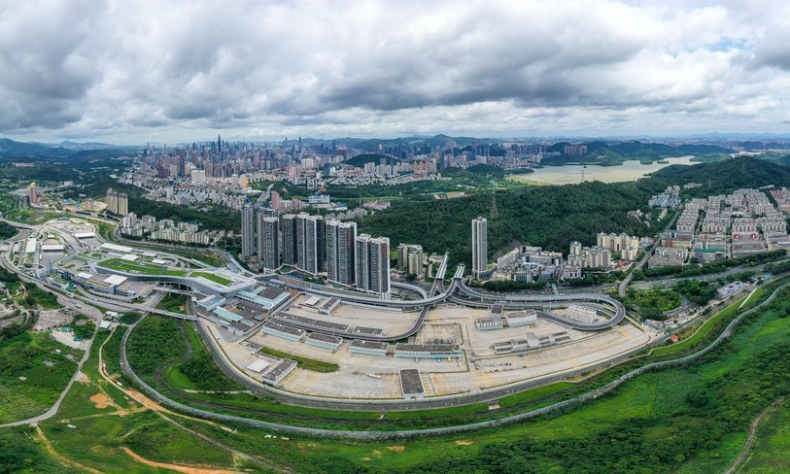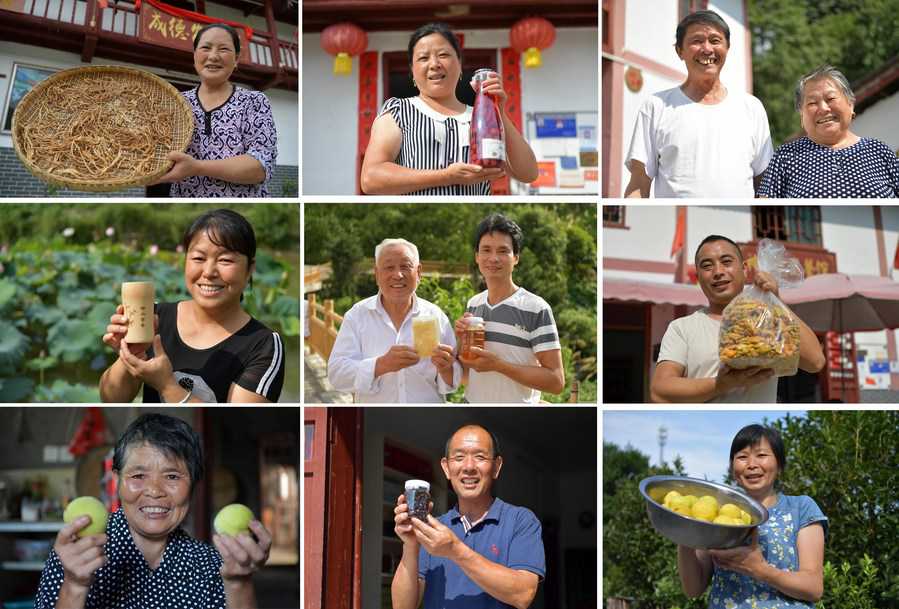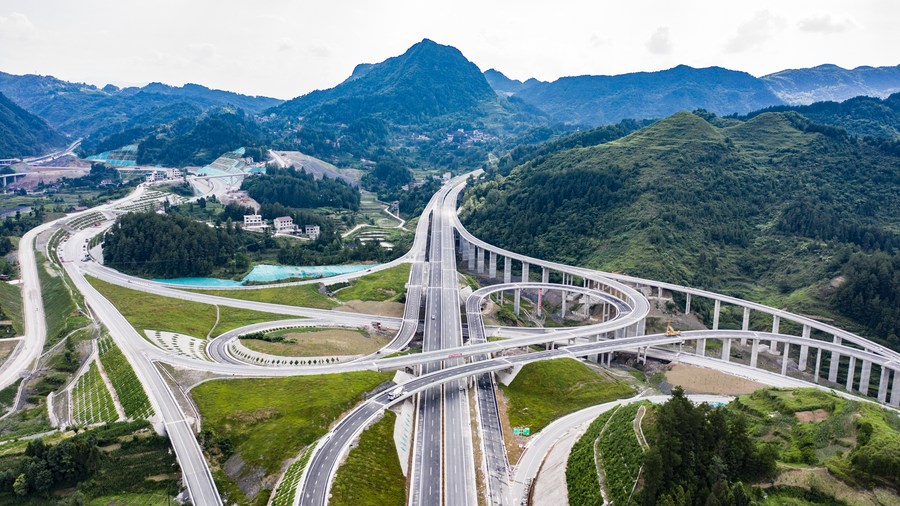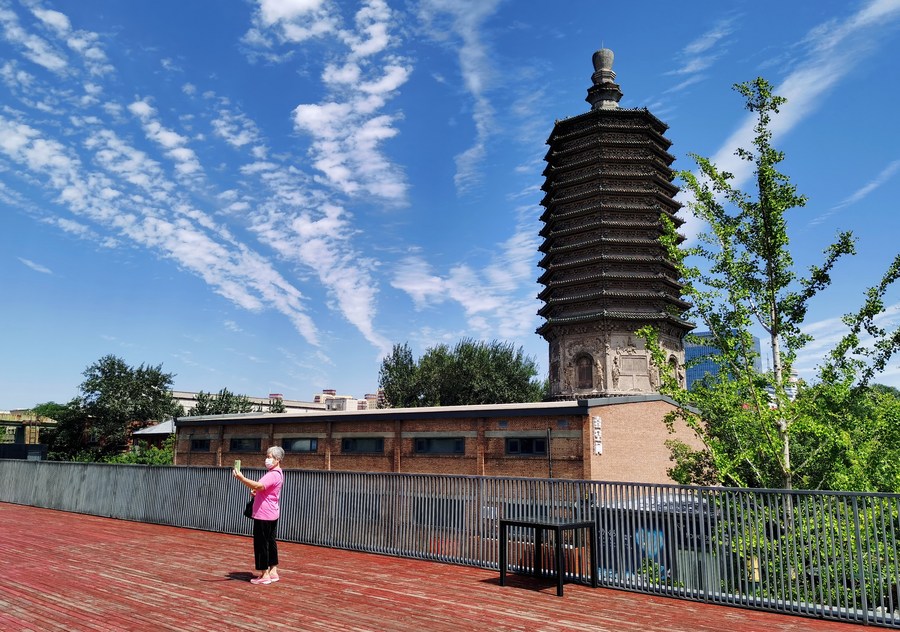Getting Chinese Modernization Right

Chinese modernization seeks shared development with other nations while championing diversity, inclusiveness and mutual learning.
Modernization has long been the dream of Chinese people. At the 20th Communist Party of China (CPC) National Congress in October 2022, the Party laid out roadmaps for reaching the goals of largely achieving socialist modernization by 2035 and achieving national rejuvenation to become a great modern socialist society by 2049. Both of these goals will be accomplished through Chinese modernization.
Below are some of the questions the world might be curious about:
What is Chinese modernization?
China has three identities: a developing country, an ancient civilization and a socialist country. To meet the needs of these three identities, several pillars have been identified:
Chinese modernization calls for material and cultural-ethical advancement. This means families will become not only materially affluent, but also culturally and intellectually enriched with a high moral standard.
Chinese modernization prizes harmony between humanity and nature. Building on the ancient belief of unity between humans and nature, China now pursues development under the maxim that green is gold.
Chinese modernization is about peaceful development. This trait also has its origin in tradition. Throughout its history, China was an agricultural civilization, which has emphasized self-sufficiency over overseas expansion.
Chinese modernization must also meet the needs of a huge population by promoting common prosperity for all. China is approximately the same size as the United States but has half the arable land and four times the population. Adding to China’s population challenges is the existence of the Heihe-Tengchong Line, which runs from the country’s northeast to the southwest, roughly dividing it in half geographically, but to the east of which approximately 95 percent of the population reside.

Eastern provinces have been paired up with western counterparts to help the latter rev up development. Seventy percent of the fiscal revenue of Gansu Province in the northwest is provided by the Central Government, while 70 percent of Shanghai’s fiscal revenue is transferred to the Central Government. This is an example of how the Chinese Government coordinates resources for shared prosperity.
What are the commonalities and differences with Western modernization?
The Chinese path offers nations a new option for the pursuit of modernization. China not only provides economic and technological support for global development but is also increasingly sharing the insight and wisdom not only gained over the last 70 years of its development, but also collected over its millennia of philosophical discourse on governance.
There are many commonalities with Western modernization. The first stage of both is characterized by industrialization and urbanization. Indicators include gross national product per capita, the ratio of urban population, life expectancy and the adult literacy rate. The second stage is characterized by knowledge and the application of information technology. Indicators include funding for knowledge innovation and Internet penetration rate.
At the same time, there are clear differences. For instance, Western culture promotes individualism and egoism, while in China altruism is more highly valued. Western countries’ modernization unfolded in tandem with their colonization of other countries, whereas China’s modernization is being achieved through peaceful development and win-win outcomes.
How is Chinese modernization being achieved? Why is it vital to maintain the leading role of the CPC in this process?
Before its opening up in the late 1970s, China’s per-capita GDP was less than one third that of sub-Saharan African countries. Why was China able to modernize so quickly? There is a common Chinese saying that in order to get rich, one must first build roads. This saying represents one aspect of China’s path to modernization: Better infrastructure has laid the foundation for industrial development, which has in turn brought prosperity and increased standards of living. Without these better roads, many products from remote areas would not have reached markets all over the world. Without improved infrastructure, China would not have been able to lift more than 770 million people out of extreme poverty in 40 years.

But three questions follow: Where does the money come from? How can a country become prosperous by building roads? How can it deliver common prosperity to areas both along and beyond the roads? All this requires a strong government to take initiative, state-owned enterprises to play a leading role, long-term planning, and a gradual implementation that follows the needs of and makes use of local strengths.
Because the CPC serves the public good, has no self-interest and does not represent any interest group, Chinese modernization is the modernization for all, with priority given to fairness and justice.
What role does traditional Chinese culture play?
China is pursuing an independent path to modernization, and has found an alternative to the Pareto optimality, which refers to the maximum benefit to an individual or state that can be achieved without making other individuals or states worse off. It has done so by employing a Confucian improvement, which stresses that a person wishing to establish themselves also seeks to establish others and a person wishing to make achievements also seeks to help others achieve.
By employing this Confucian idea of self-improvement in the context of this Western concept of maximizing benefit, China chooses to seek benefit for the state and its people in ways that benefit other states and their peoples, rather than pursuing benefit in ways that must be limited to avoid making other states worse off.
How does Chinese modernization relate to the great rejuvenation of the Chinese nation?
Chinese modernization addresses 19th-century French artist Paul Gauguin’s three basic questions:
• Who are you?—China is the world’s largest developing country by many measures. It must take a modernization path befitting the Chinese context.
• Where do you come from?—Chinese modernization is the modernization and rejuvenation of an ancient civilization.
• Where are you going?—China is committed to promoting social fairness and justice and fostering a new type of international relations.

China, an ancient civilization that had been at the global forefront of trade, technology, thought, governance and innovation, suffered a decline between the mid-19th and mid-20th centuries for many historical reasons, including foreign aggression and internal instability. Since its founding in 1921, a core aim of the CPC has been to rejuvenate the country, modernizing it and restoring its youthful vigor. Chinese modernization is the process through which the CPC is pursuing that goal.
What will Chinese modernization offer the world?
As well-known Chinese sociologist Fei Xiaotong (1910-2005) argued, “Valuing other cultures and values as one does one’s own will lead to a harmonious world.”
Western modernization, especially modernization dominated by the Anglo-Saxon model of capitalism, has led to a dichotomy of modernity vs. backwardness with which the West views nations. Chinese modernization is transforming the story of the modernization by shedding light on a new form of human advancement.
Chinese modernization seeks shared development with other nations while championing diversity, inclusiveness and mutual learning. Chinese diplomacy aims to identify and promote the common values of all peoples as part of efforts to build a global community with a shared future.
Chinese modernization still faces many challenges and needs to be adjusted and improved. China does not call on other nations to follow its development strategy as an exact model, but rather to, like China, seek a development path that suits their own national conditions.
The author is Jean Monnet chair professor and director of international affairs at Renmin University of China.
 Facebook
Facebook
 Twitter
Twitter
 Linkedin
Linkedin
 Google +
Google +










